-
×
-
×
-
×
-
×
-
×
-
×
-
×
-
×
-
×
Subtotal: £1,030.64


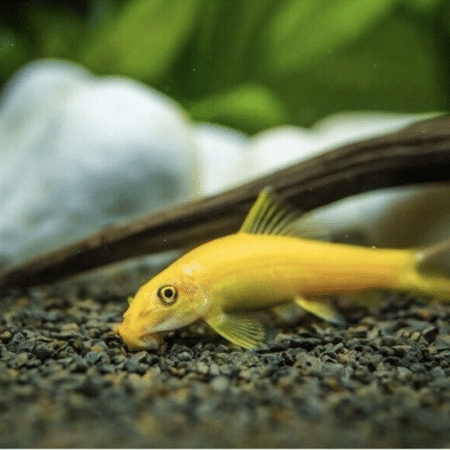


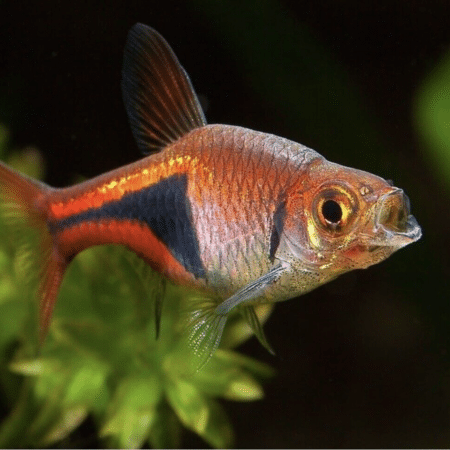




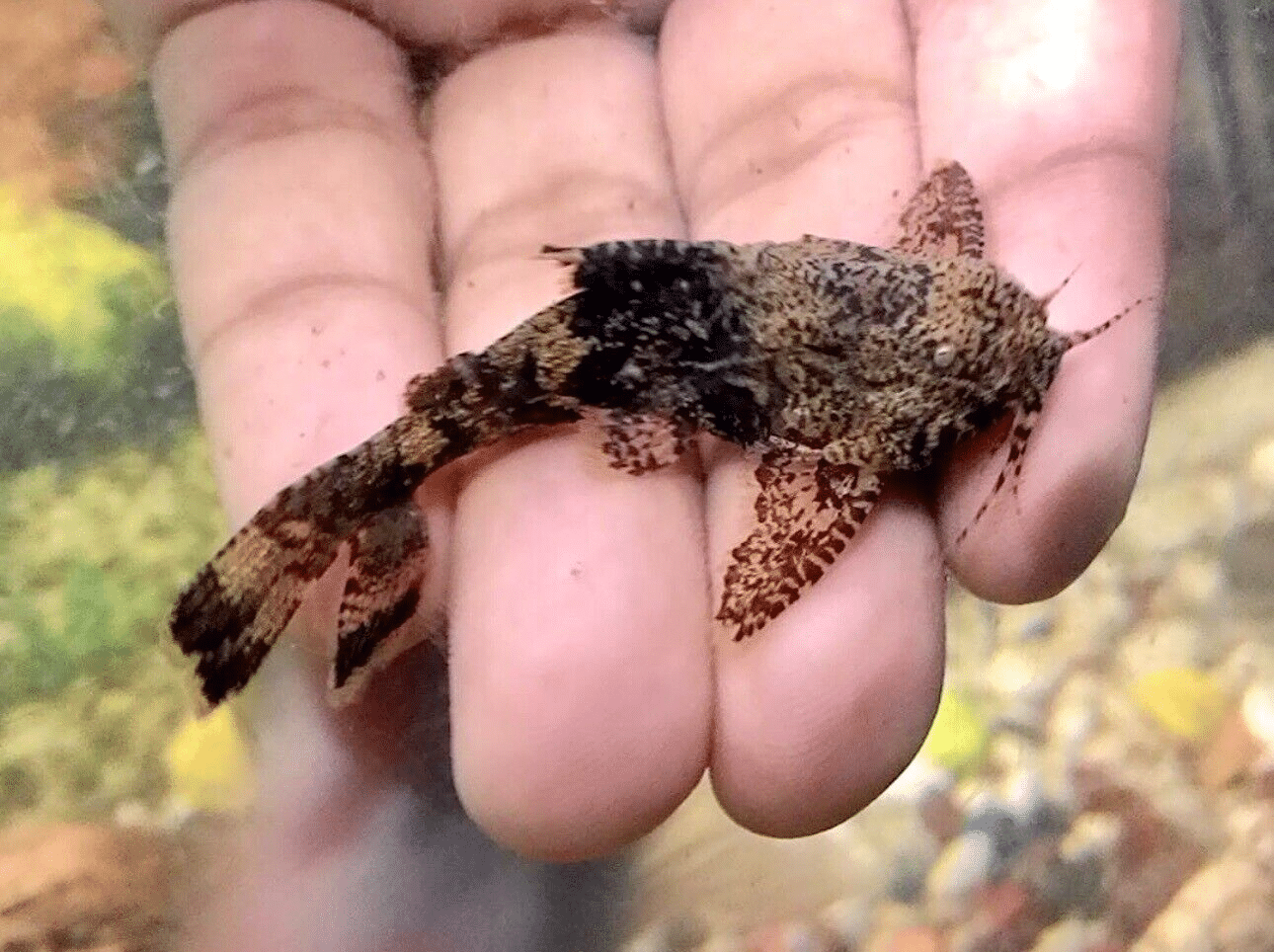
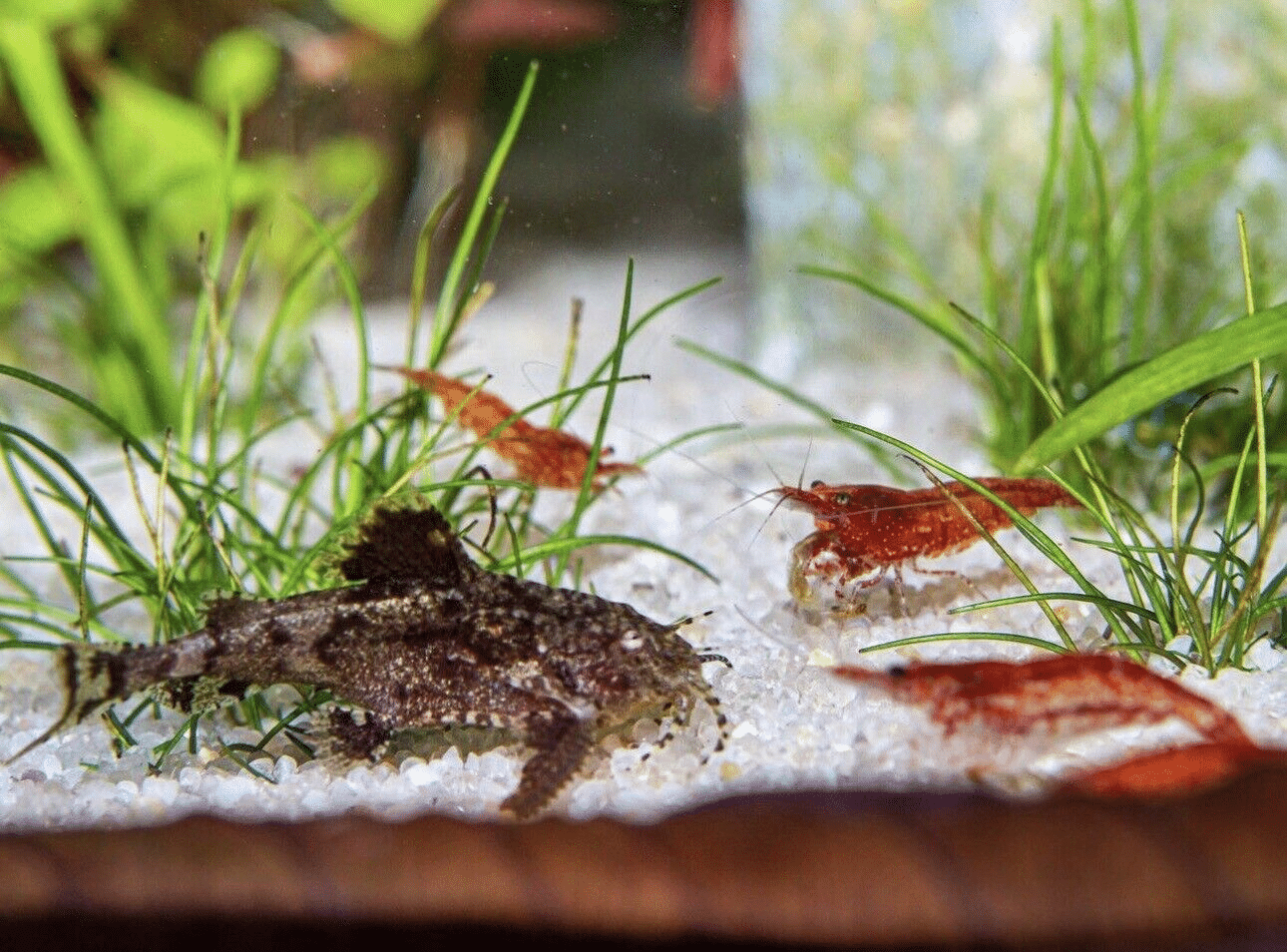
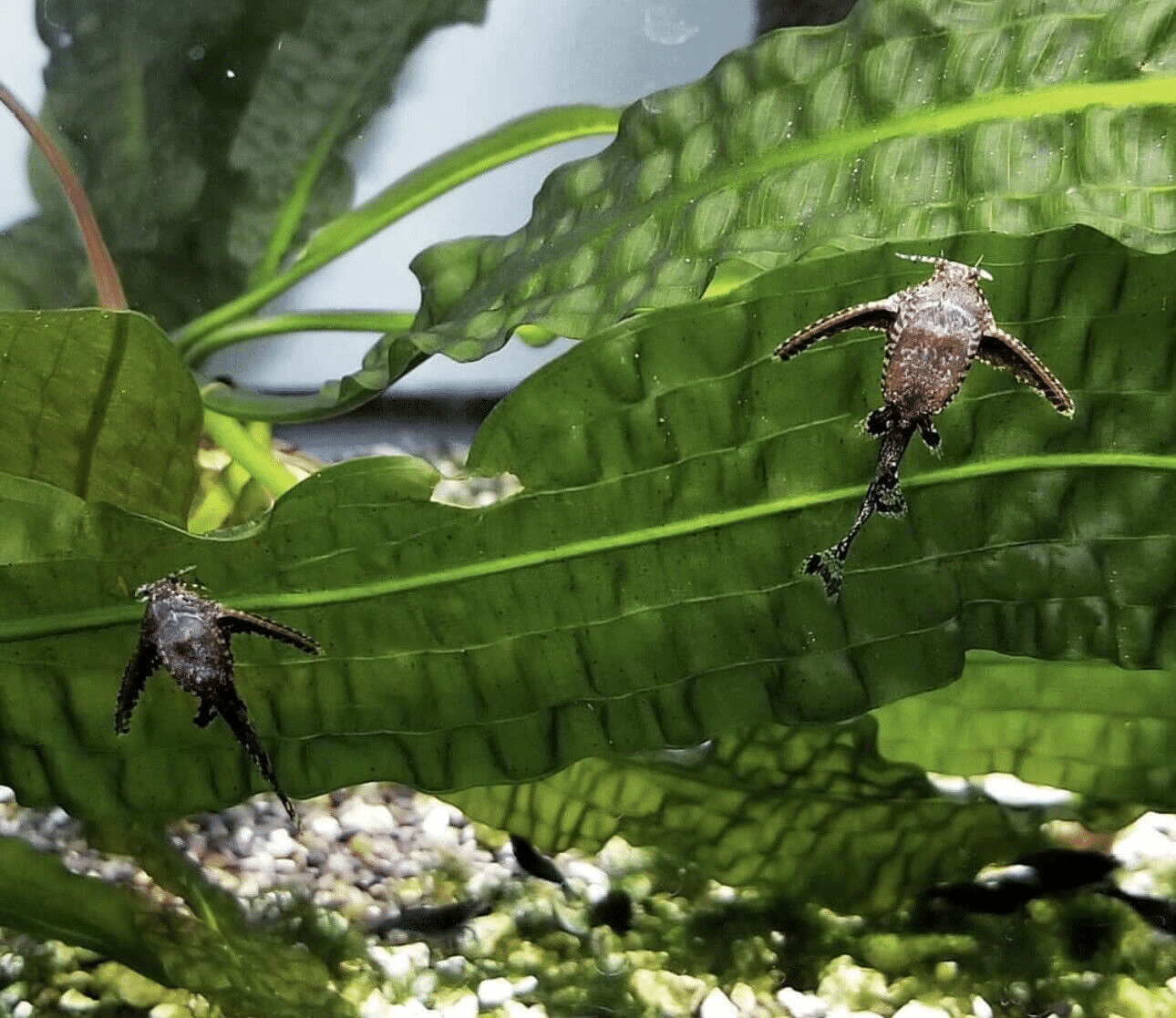
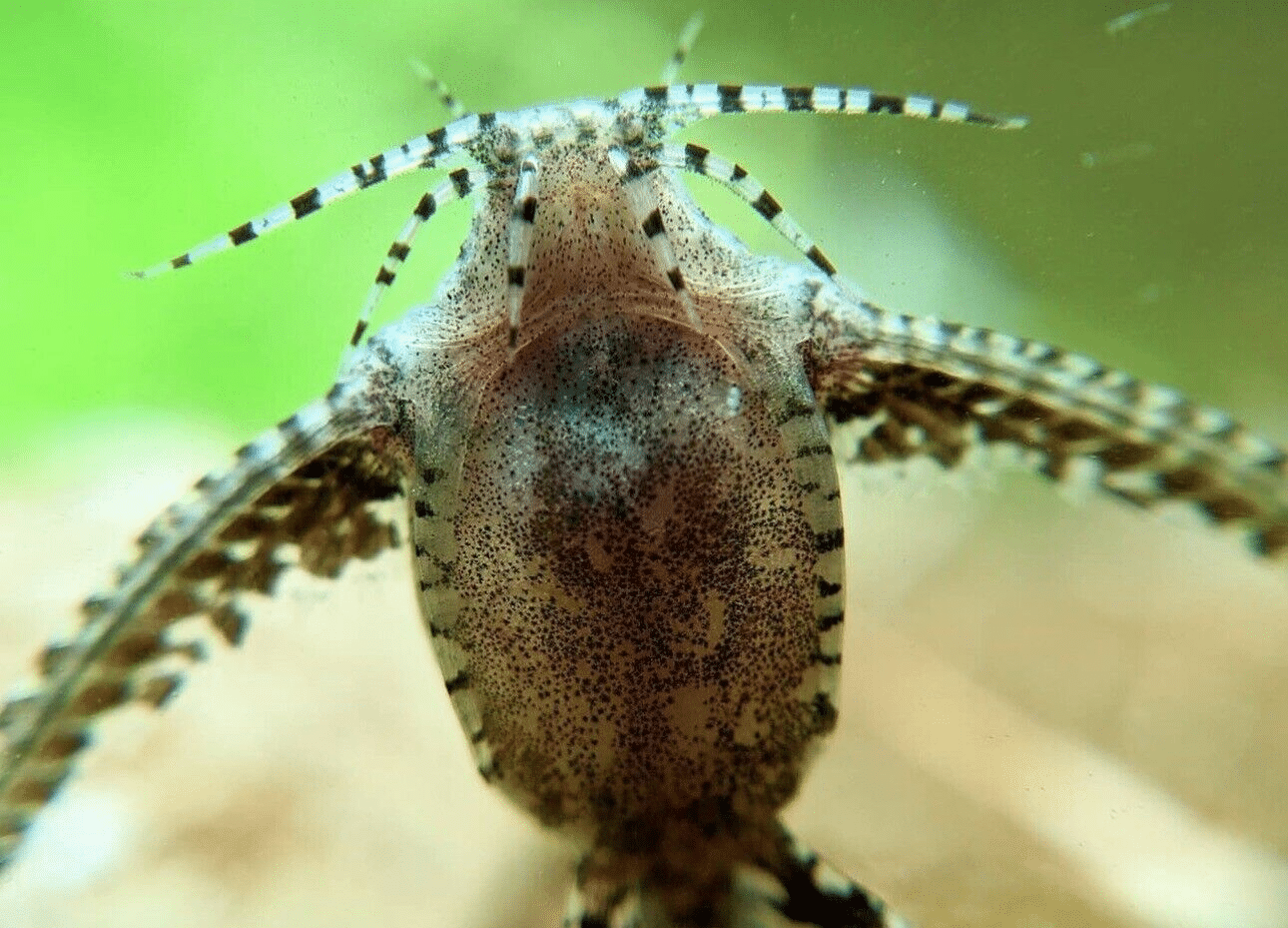

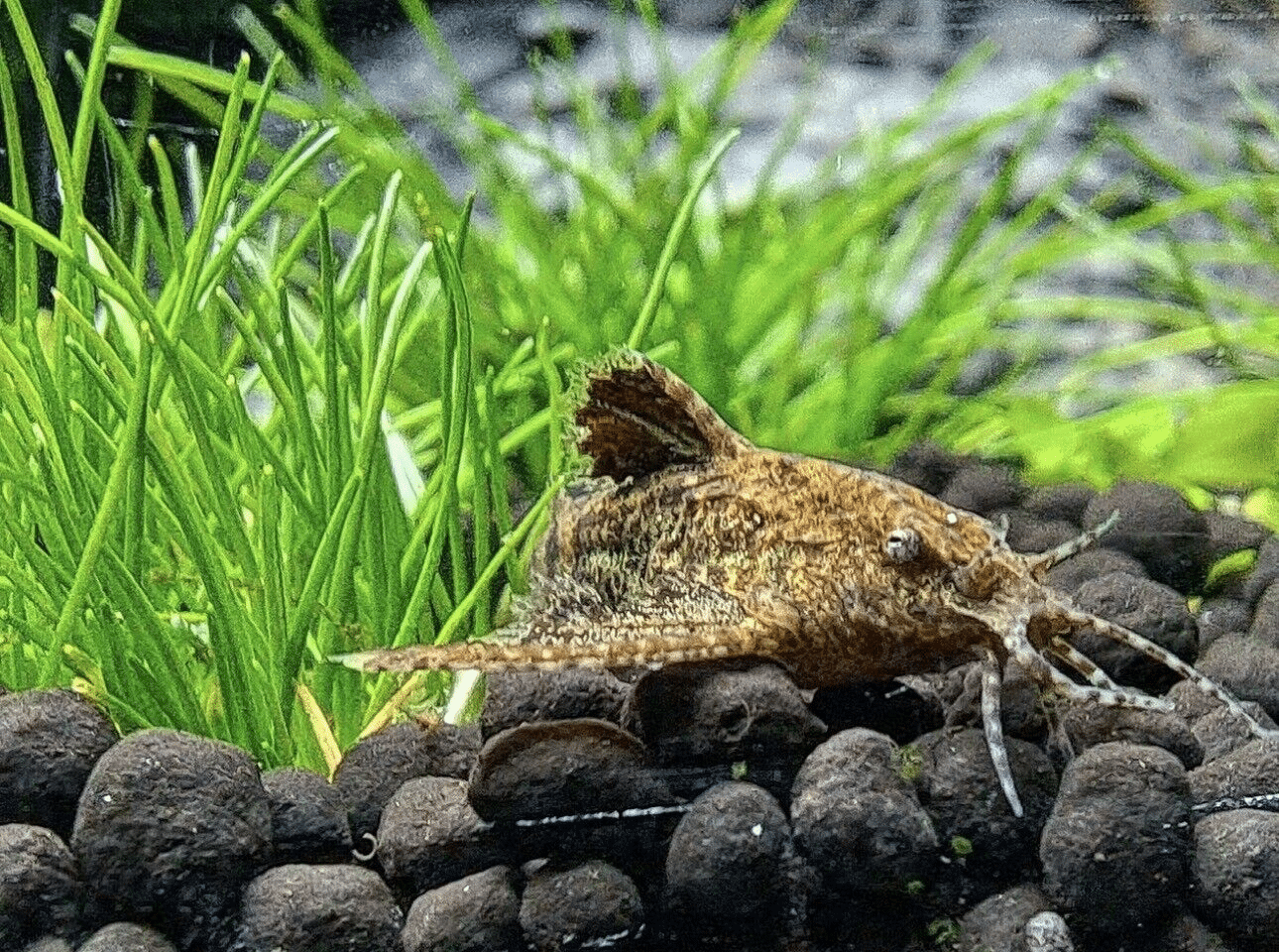
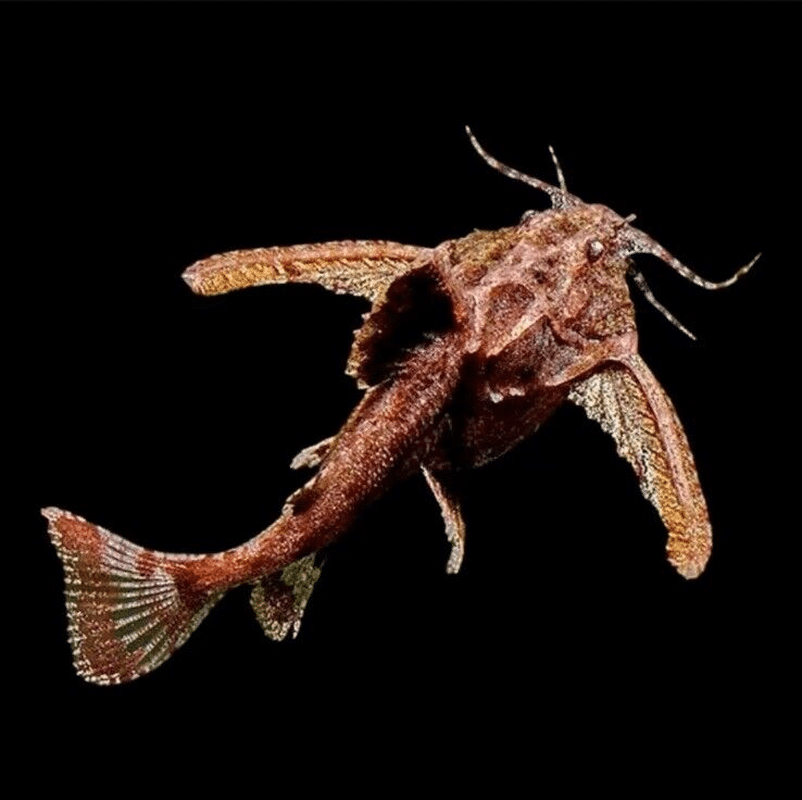


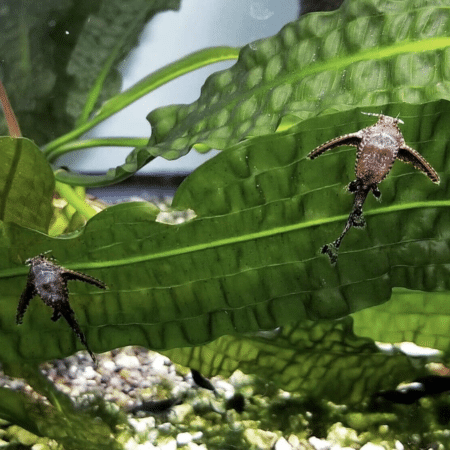
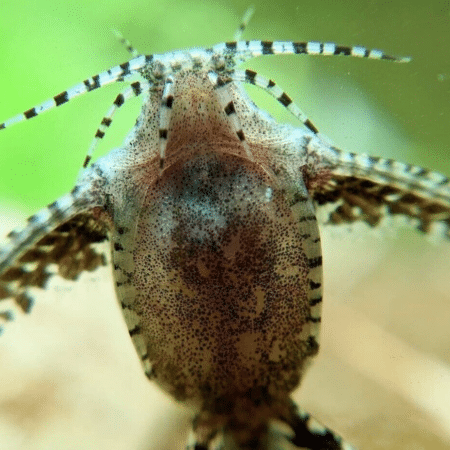
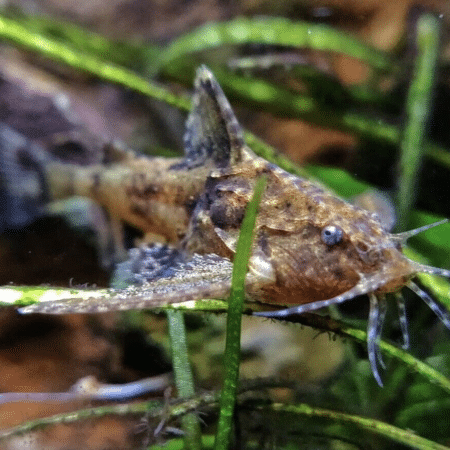
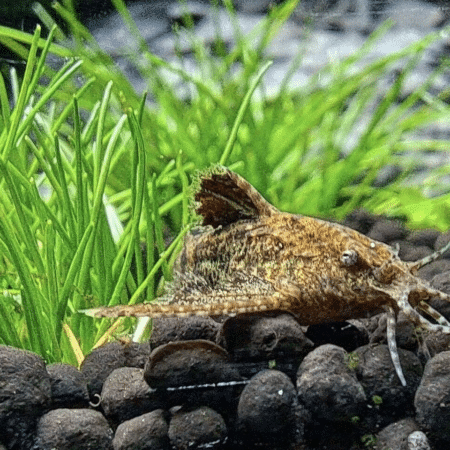
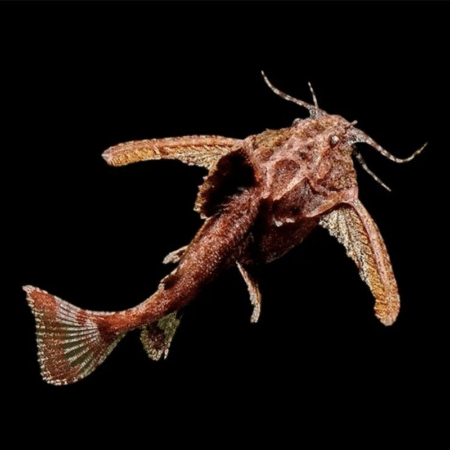












Emma Reynolds (verified owner) –
I recently welcomed two Hara Jerdoni Asian Stone Catfish into my aquarium, and I couldn’t be happier! These little guys, about 2 inches long, have brought so much life to my tank. Not only are they incredibly active and playful, but they also help keep my substrate clean, which is a huge bonus. I love watching them scurry around, sifting through the sand like little vacuum cleaners!
After two months of having them, they’ve grown more confident, and their vibrant markings are a delightful contrast against my darker substrate. Compared to other species I’ve kept, like corydoras and plecostomus, Hara Jerdoni stand out for their unique behavior and size. They’re perfect for a community tank; I’ve had no issues with aggression.
My only minor concern is that they are a bit shy at first, so it’s essential to provide plenty of hiding spots. I recommend this species for anyone looking for peaceful, engaging aquarium fish that actively contribute to tank maintenance. These little catfish are truly gems, and I would definitely buy again!
Emily Carter (verified owner) –
I recently added the Hara Jerdoni Asian Stone Catfish to my aquarium, and I couldn’t be happier! As a caring fish parent, ensuring my aquatic friends thrive is my top priority, and these little guys have exceeded my expectations. After about two weeks, they have settled in beautifully and are already demonstrating their charming personalities. These catfish are incredibly peaceful and get along well with my corydoras and plecostomus, creating a harmonious community.
What I love most is their easy care nature—they’re perfect for beginners like me! They thrive in a well-planted aquarium with gentle filtration, which I’ve implemented, and their activity level is just right. I did notice they prefer slightly warmer waters, so I adjusted my heater accordingly.
Compared to other catfish I’ve kept, these have a more engaging behavior and spend their time foraging—which keeps them busy and helps maintain my tank’s cleanliness. If you’re looking to create a thriving fish community, I highly recommend the Hara Jerdoni. Just make sure your tank is spacious enough for them to roam! Overall, this purchase was great, and shipping was quick and hassle-free. Will definitely buy again!